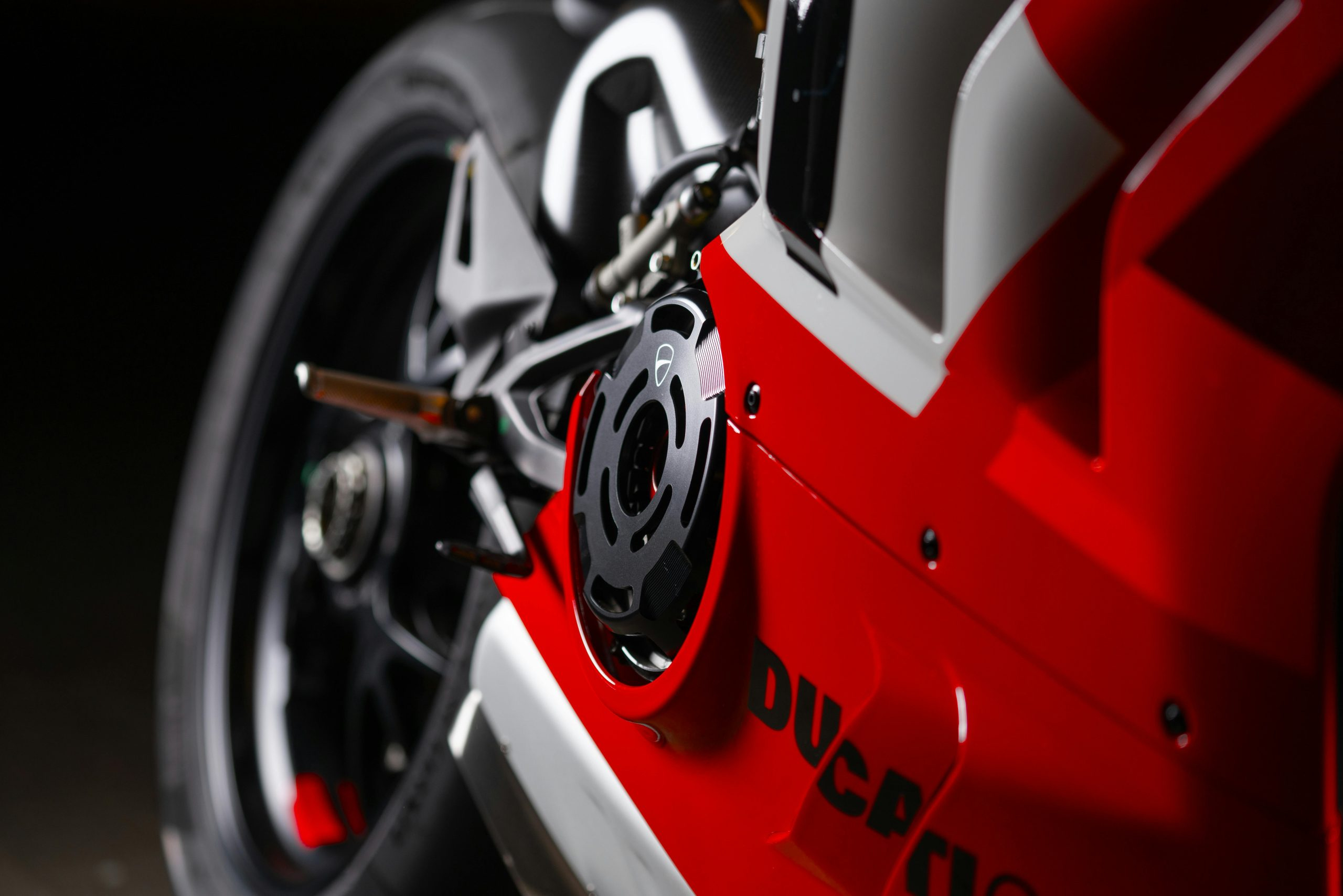The Unexpected Connections Between Technology and Vehicle Performance
The automotive industry has come a long way since its humble beginnings in the 19th century. From vintage cars with manual transmissions to modern high-tech vehicles with advanced safety features, the development of technology has revolutionized the way we drive. But did you know that the impact of technology goes beyond just making our driving experience more convenient and enjoyable? It also plays a crucial role in enhancing vehicle performance. In this article, we’ll explore the unexpected connections between technology and vehicle performance, and how these advancements are shaping the future of the automotive industry.
Improving Fuel Efficiency with Hybrid and Electric Vehicles
One of the most significant connections between technology and vehicle performance is the rise of hybrid and electric vehicles. These eco-friendly alternatives to traditional gasoline-powered cars have gained popularity due to their impressive fuel efficiency. This is made possible by the technological advancements in battery technology, motors, and regenerative braking systems.
Battery Technology
The battery is the heart of any hybrid or electric vehicle. It provides the power needed to propel the car and run various electric components. In recent years, there have been significant developments in battery technology, making them more efficient and long-lasting. Lithium-ion batteries, for example, are lighter and have a higher energy density compared to traditional lead-acid batteries. This allows them to store more energy, resulting in a longer driving range for electric vehicles.
Electric Motors
Electric motors are another essential component that contributes to the improved performance of hybrid and electric vehicles. Compared to gasoline engines, electric motors offer a more direct power delivery, which results in quicker acceleration and smoother gear transitions. They also require less maintenance, making them more cost-effective in the long run.
Regenerative Braking Systems
In traditional vehicles, the kinetic energy generated during braking is wasted as heat. However, with the use of regenerative braking systems, this energy can be captured and stored in the battery of a hybrid or electric car. This energy can then be used to power the car, resulting in better fuel efficiency. By harnessing this technology, hybrid and electric vehicles can achieve impressive fuel economy numbers that surpass those of traditional gasoline cars.
Enhancing Performance with Advanced Driver Assistance Systems (ADAS)
Advanced Driver Assistance Systems (ADAS) are a set of technologies that are designed to assist drivers and improve their on-road performance. These systems use various sensors, cameras, and radars to provide real-time information about the vehicle’s surroundings and potential hazards. Some of the most common ADAS features include adaptive cruise control, lane departure warning, and automatic emergency braking.
Adaptive Cruise Control
Adaptive Cruise Control (ACC) uses sensors and radars to maintain a safe distance between your car and the vehicle in front of you. It can automatically adjust your car’s speed to match the flow of traffic, reducing driver fatigue and increasing safety.
Lane Departure Warning
Lane Departure Warning (LDW) is a technology that uses cameras to monitor lane markings and alerts the driver when the car deviates from its lane without using a turn signal. This feature can help prevent accidents caused by distracted or drowsy driving.
Automatic Emergency Braking
Automatic Emergency Braking (AEB) is a safety feature that helps prevent collisions by automatically applying the brakes in the event of an imminent collision. It uses sensors and cameras to detect objects in the car’s path and can apply the brakes faster than a driver can react.
Utilizing Artificial Intelligence for Autonomous Vehicles
The rise of autonomous vehicles is another prime example of the unexpected connection between technology and vehicle performance. These self-driving cars use a combination of sensors, cameras, and advanced algorithms to navigate the roads and make driving decisions. This technology can help reduce human errors, which are responsible for the majority of road accidents.
Sensors and Cameras
Autonomous vehicles rely on a combination of sensors and cameras to gather real-time data about their surroundings. These sensors can detect other vehicles, pedestrians, and obstacles and provide accurate information to the car’s computer system. With the use of advanced LiDAR (Light Detection and Ranging) sensors, self-driving cars can create a 3D map of their surroundings and navigate safely through different road conditions.
Advanced Algorithms and Artificial Intelligence
Autonomous vehicles use complex algorithms and artificial intelligence (AI) to make quick and informed decisions while on the road. These algorithms are continuously learning and adapting to road conditions, making autonomous cars safer and more efficient than human drivers.
The Future of Technology and Vehicle Performance
The unexpected connections between technology and vehicle performance are continuously shaping the future of the automotive industry. With advancements in battery technology and the rise of ADAS and autonomous vehicles, the industry is moving towards a more sustainable, safe, and efficient future. As car manufacturers continue to incorporate these technologies into their vehicles, we can look forward to a more intelligent and connected driving experience.
In conclusion, the advancements in technology have a significant impact on vehicle performance and are changing the way we drive. From improving fuel efficiency with hybrid and electric vehicles to enhancing safety with ADAS and autonomous vehicles, the unexpected connections between technology and vehicle performance are driving the next generation of cars. As technology continues to evolve, we can expect even more groundbreaking innovations in the automotive industry in the years to come.











